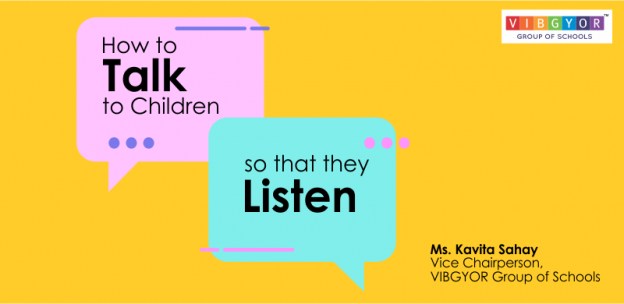All of us have worries. It is very common amongst children. Here are few strategies that will help you as a parent to know about your child’s worries so that you can manage their fears and anxieties.
Do you have a child who feels too shy or too scared, worries or over-thinks things to face the day? Do you have a child who remains silent when s/he is expected to work with others? If so, then you might have a worrier in the family.
Clutching her hands, refusing to let go of you, repeatedly complaining of headaches or stomach aches when there are no real reasons —these are a few signs of building anxiety. Look harder and you may find some more significant indicators such as rocking back and forth, hiding, or silently crying in the bathroom before going to school.
Have you ever felt that the workload is too much for you to handle and spent sleepless nights thinking about it, as if everything is on your shoulders. When this happens you have to turn down the volume of your worry channel, so that you can get away for a while.
Same goes for your child, they may easily tend to imagine the worst that could occur based on their fears. Children need to find that switch to make it easier for them. You can teach your child to become resilient and prevent them from tossing same thoughts over and over again.
Here are a few strategies that you can teach your child to tame their troublesome thoughts.
Rest up
It’s vital to teach children to relax in a fun way to relieve their worries. Effective relaxation techniques result in subjective feelings of calmness and emotional stability. You can share your own relaxation technique with your child and help them explore the best suited relaxation skills as per their age and interest.
Distract
This is an age-old technique used by parents and teachers. Removing the focus from things that cause distress. For example, the child could go for walk or cycling.
Move it
Indulging in enjoyable play activity or exercise is a good way to soothe or relieve the proliferation of stress chemicals and release feel good endorphins in children. These feel good chemicals help children become more optimistic about their future.
Can’t see the forest for the trees
Children could easily get preoccupied with minor details and fail to see the entire picture. For instance, a child may fret over getting the perfect letter formation for a class assignment and neglect food or sleep necessary for learning the next day.
Lastly, there is no such thing as a perfect parent. Wrestling with self is much harder sometimes than most of the tasks that you do as parents. Some practices or strategies may not have the same effect as you have hoped for. That’s perfectly fine, try something else. Happy parenting!
By PLC Ms Arpita Roy, Doddanekkundi


